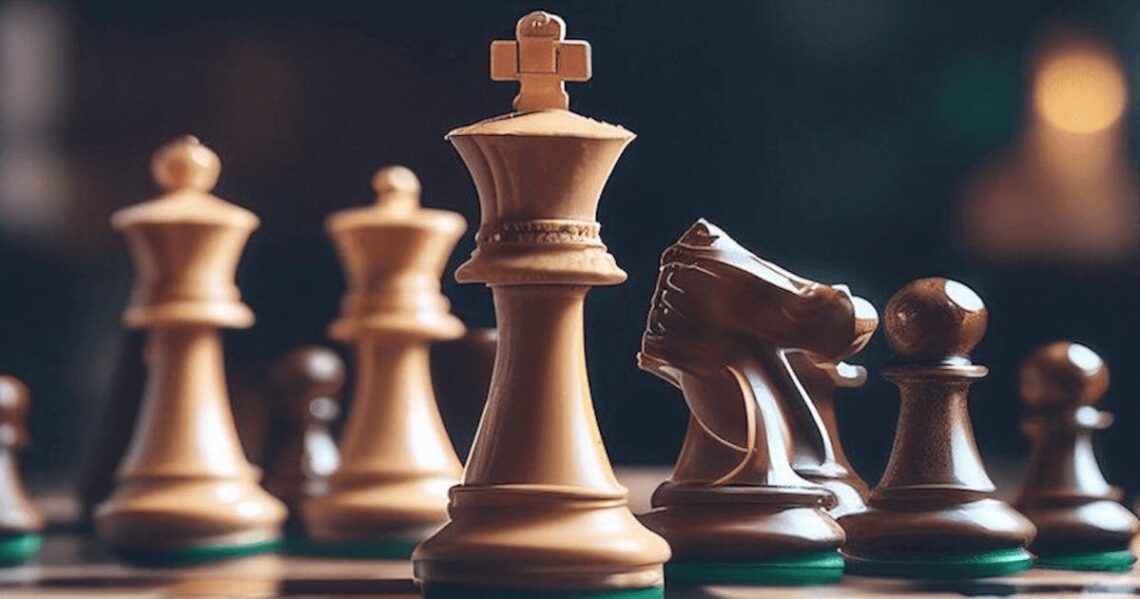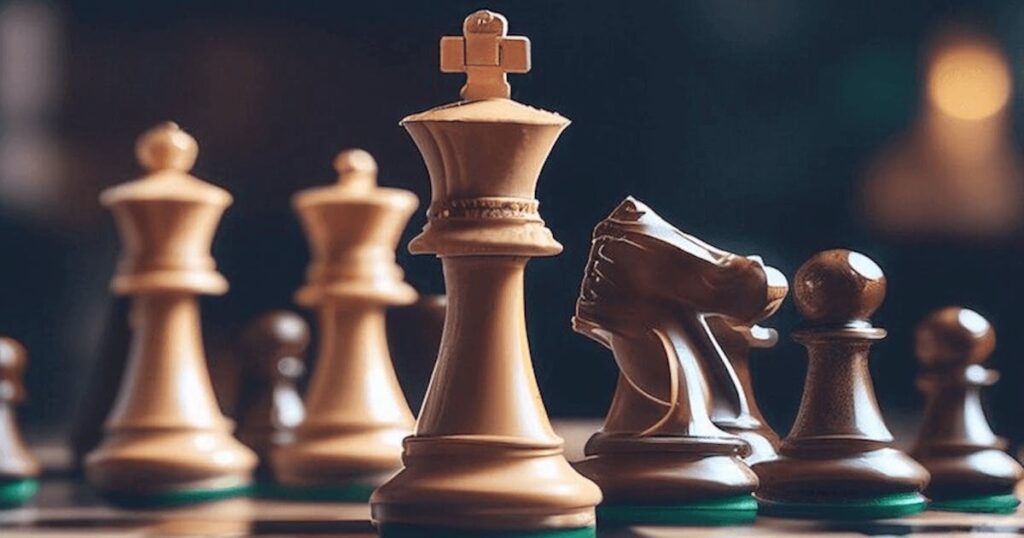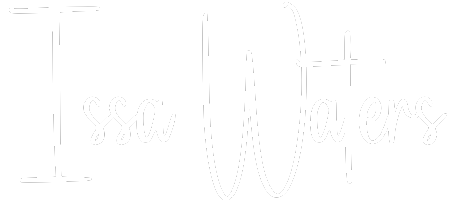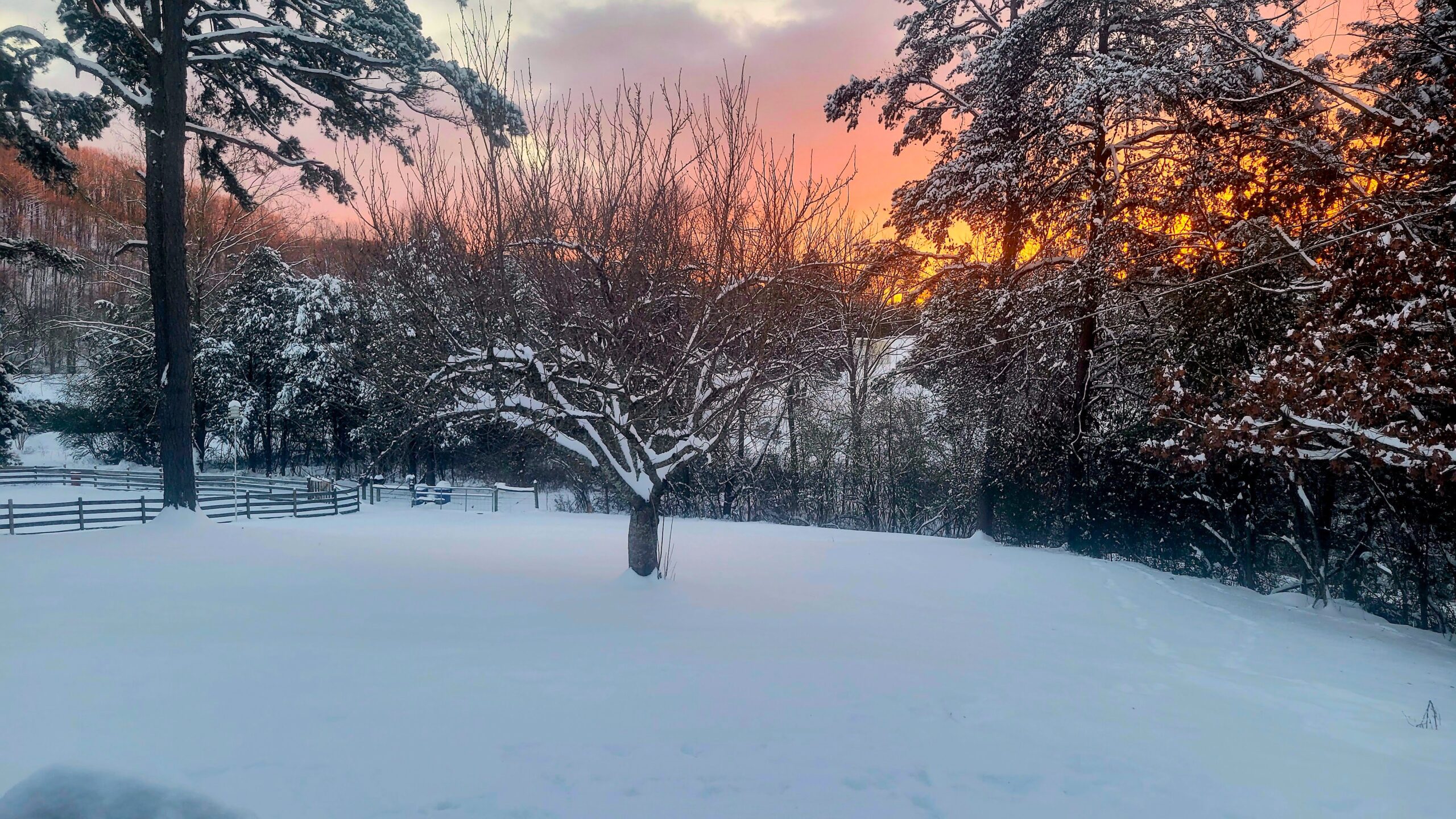
Meandering Unschooling
We’re a homeschooling family, and our style of homeschooling is unschooling, which means simply learning from life all the time, wherever life leads us.
While it’s natural to be nervous about unschooling when first starting out, I’ve been at it awhile now, and I’m fully convinced of the magic of unschooling!
I keep a loose set of notes and portfolio for each of my kids. I’m not required by the state to do this, but I like being able to remind myself of the shape our learning has taken over time.
Sometimes I can’t believe what all we learn about, and I’m not sure I’d believe it later if I didn’t have a record!
Here’s some of what my 13 year old’s learning has looked like recently:
Language: Reading and interpreting stories told in a non-linear style. Watching an anime series, reading the source manga, and comparing/contrasting the two media.
Media Literacy: Examining photos for small details to find clues about the image’s origin and content. Exploring how to determine whether an online source is factually reliable.
Economics: Learning about the effects of tariffs on the economy
Culture: Exploring how stereotypes appear in casual humor and how they can be more or less appropriate in different contexts. Learning about the concepts of “punching down” and “punching up” in comedy. Reading about specific instances of how humor and social priorities from different cultures have clashed online.
Physics: Exploring zero gravity mechanics
Geography/History: Exploring history and geography through learning about weapons materials that remain leftover from previous wars in today’s environments.
Government/Politics: Staying updated on the war in Ukraine and NATO actions and hypothesizing about the possible implications of various foreign policy proposals.
Graphic Design: Designing a flag for a fictional country using political symbolism and flag design principles.

And here’s a bit of what my 5 year old has been learning:
Life Science: Bug observations, bug anatomy. Flower observations. Deciduous vs evergreen trees. Tree lifespans and what affects them. Food web relationships. The process of decomposition of dead bodies. Nocturnal animal behavior – racoons, fireflies, owls, skunks, opossums.
Physical Science: The different ways electricity is provided and distributed. The quality of “flexibility” in different materials. Learning about space – gravity, orbit, atmosphere.
Earth Science: Desert environments – land formations, plants, animals, etc.
Anatomy: Parts of the mouth – teeth, gums, lips, tongue. How nerves work and where in the body they are found and not found. Learning about peripheral vision – eye movement experiments.
Math: The digits of large numbers and number naming patterns. Number line exercises. Diagramming – mapping ideas and using arrows to show the flow of information. Playing chess.




